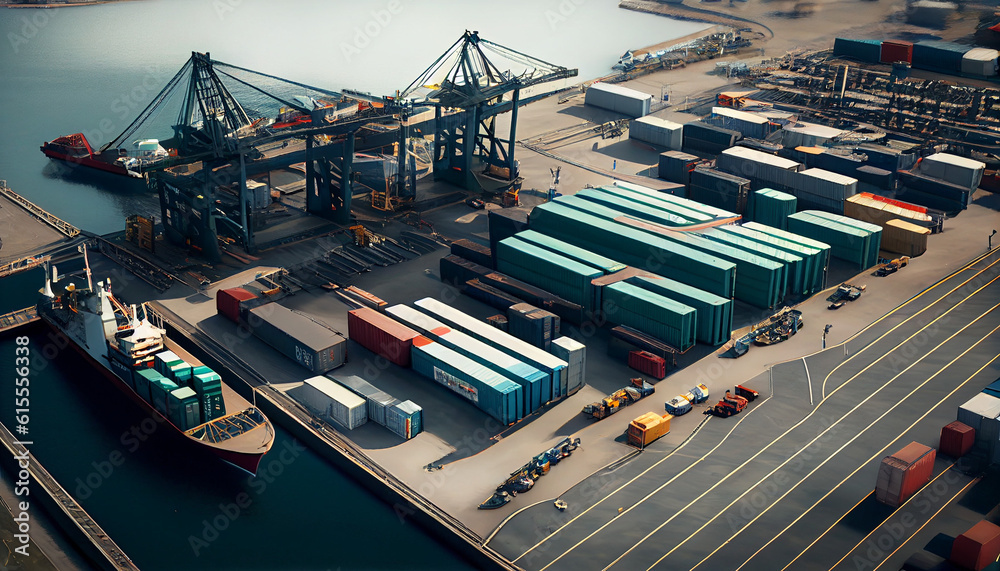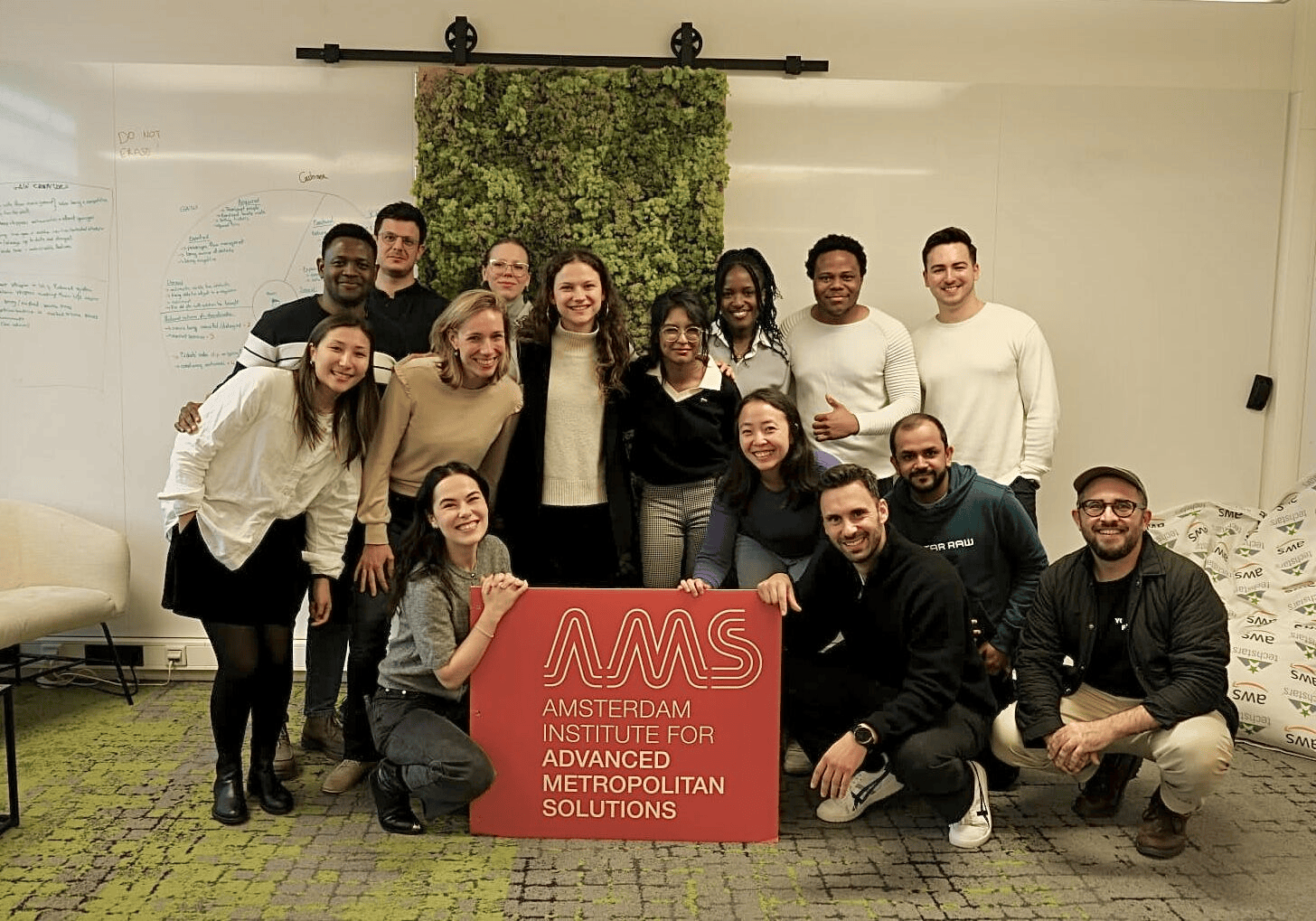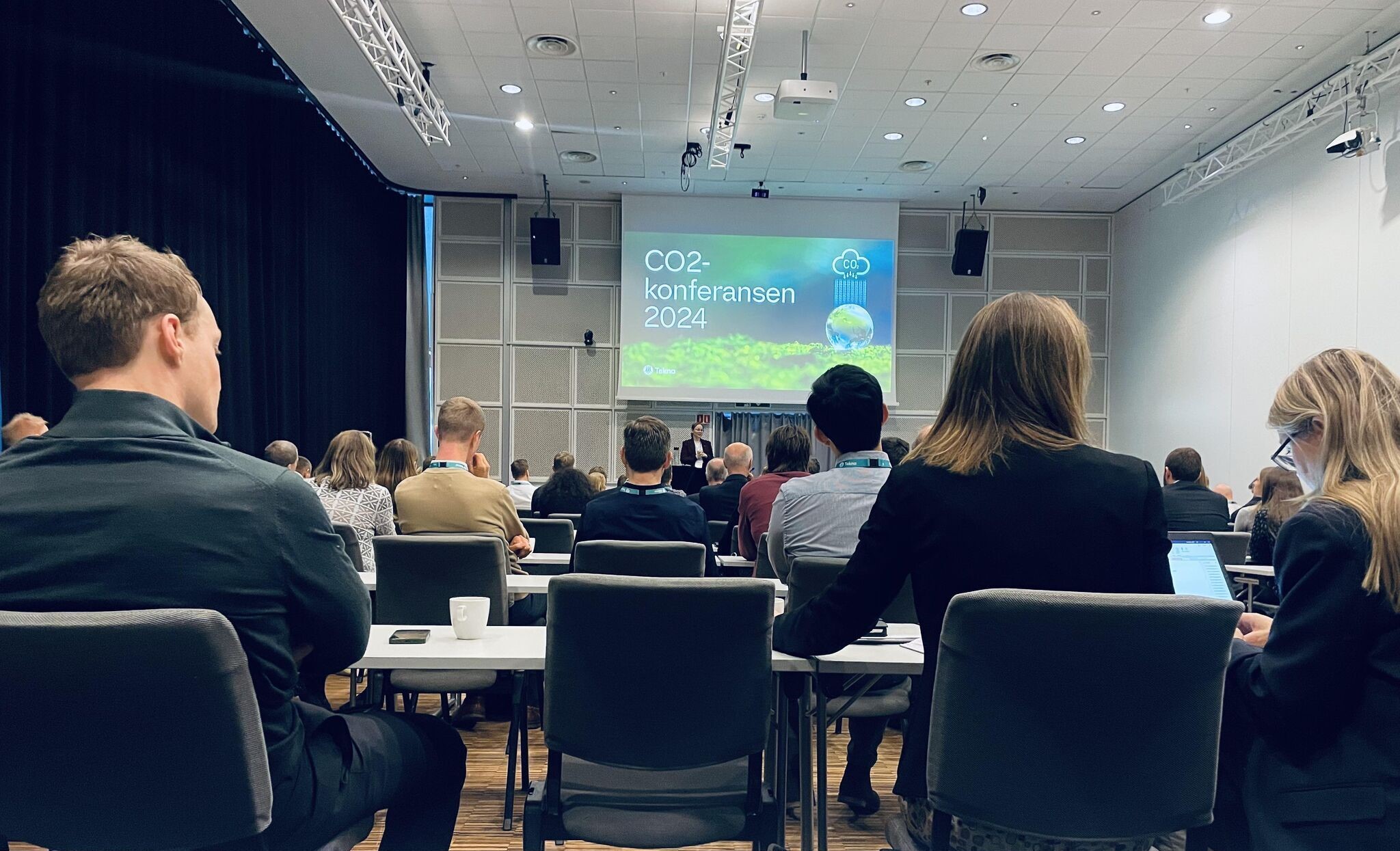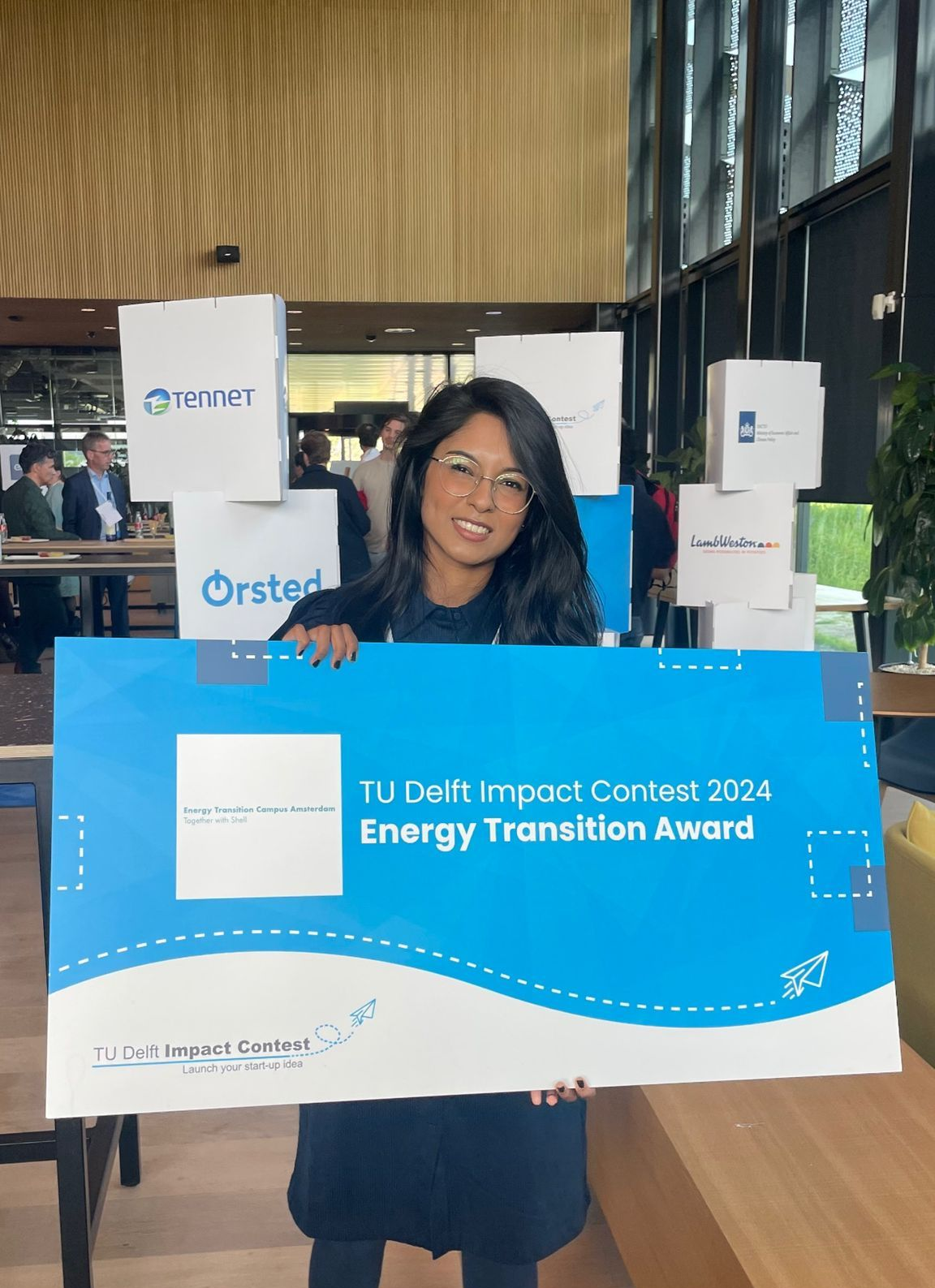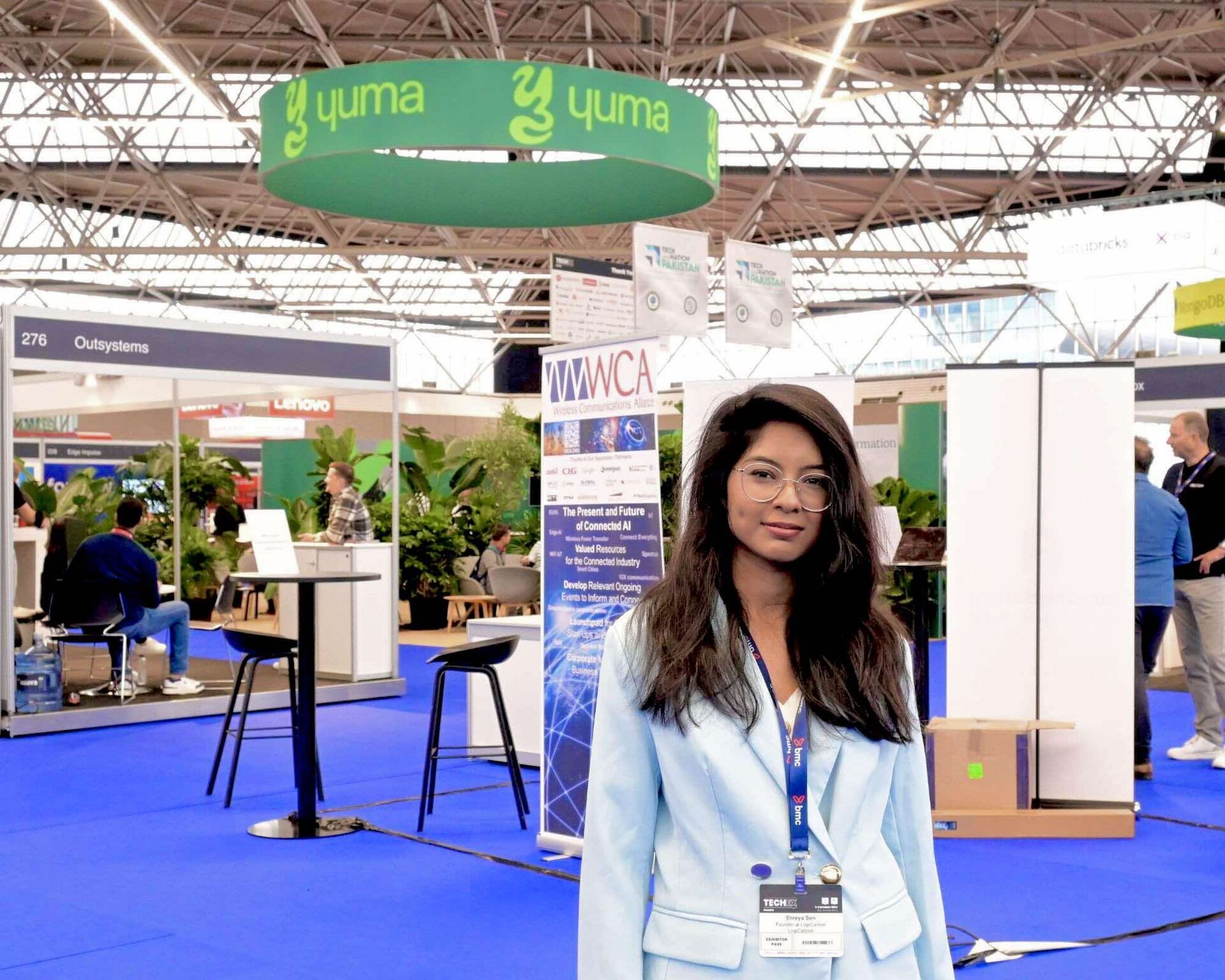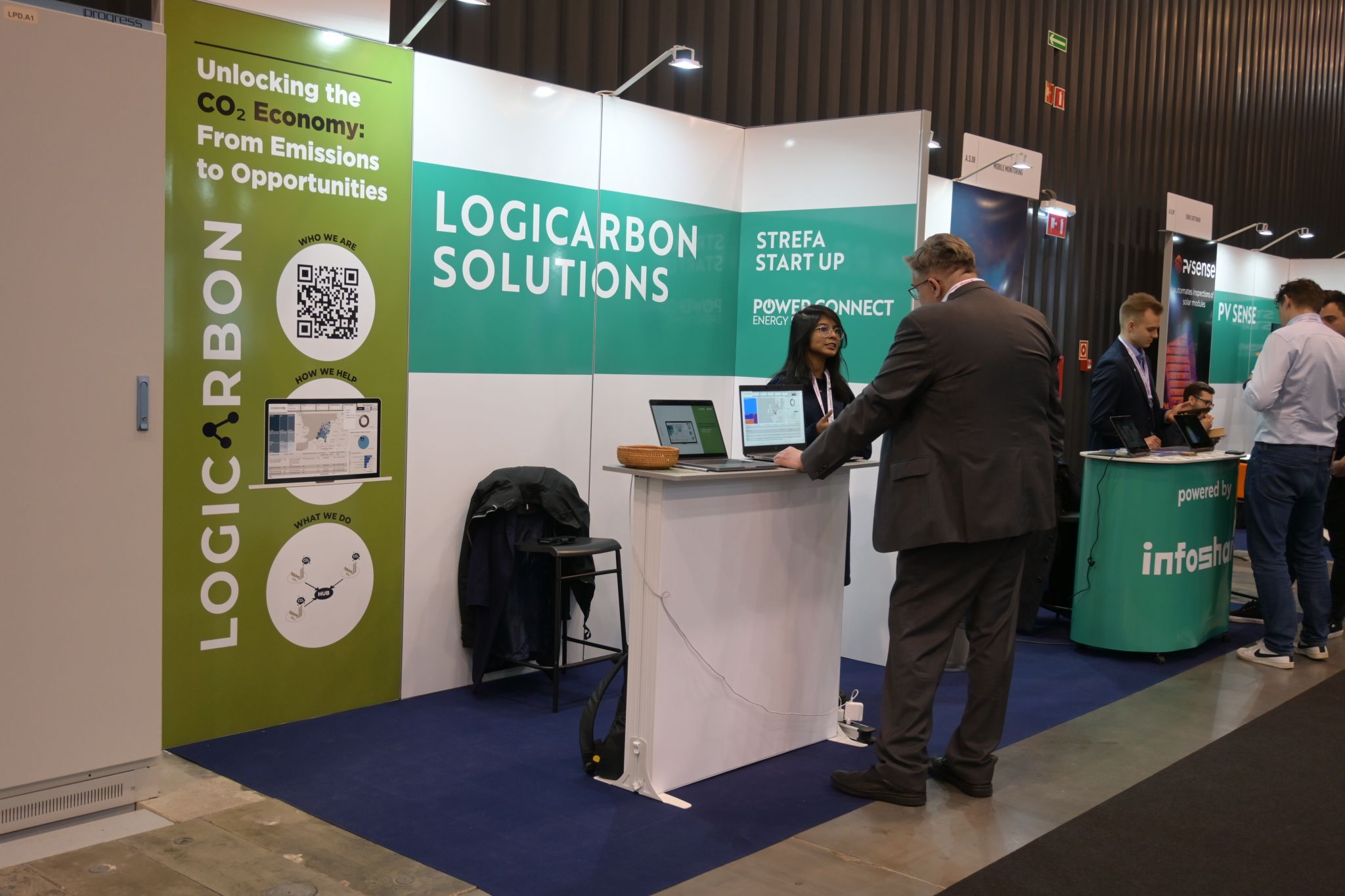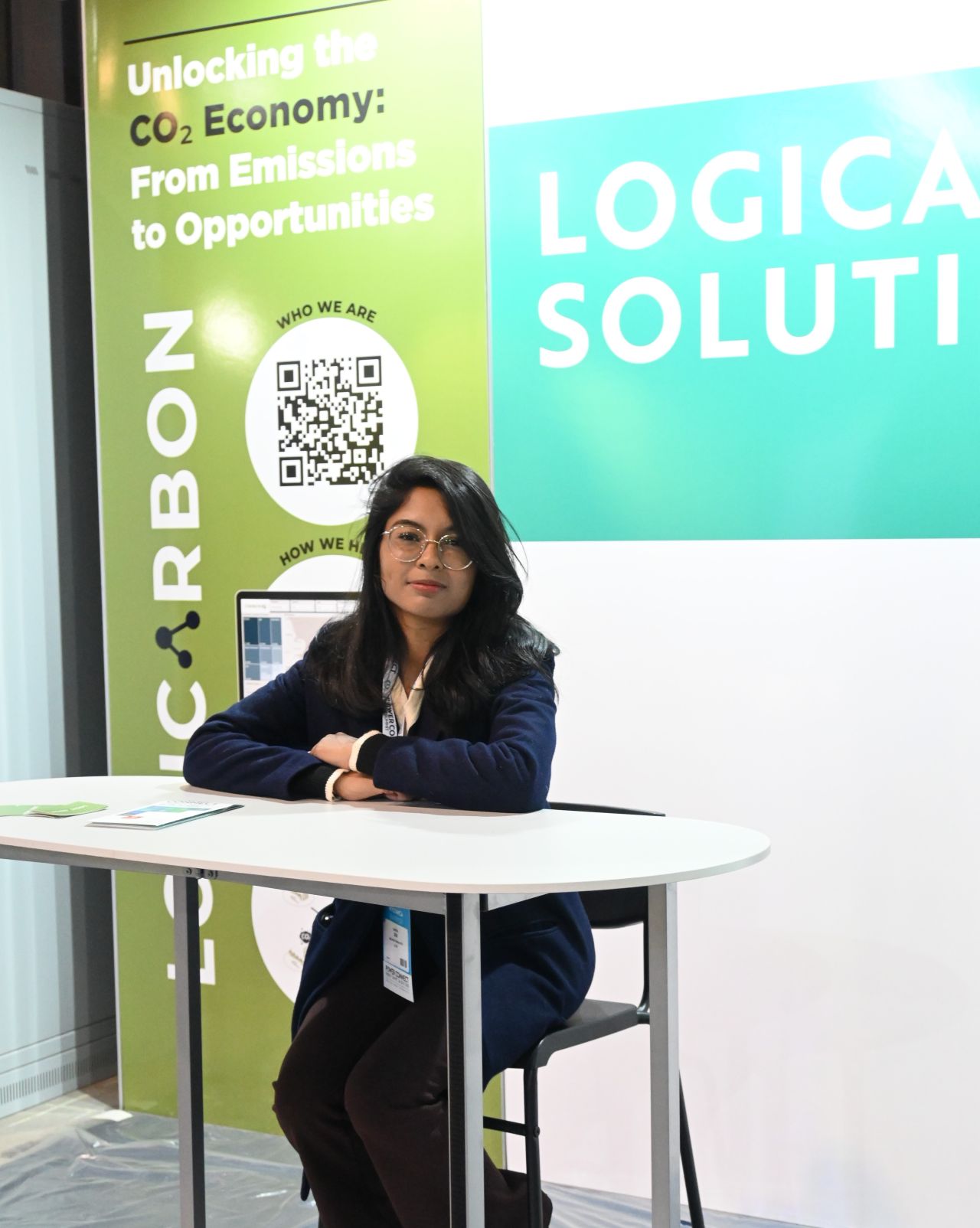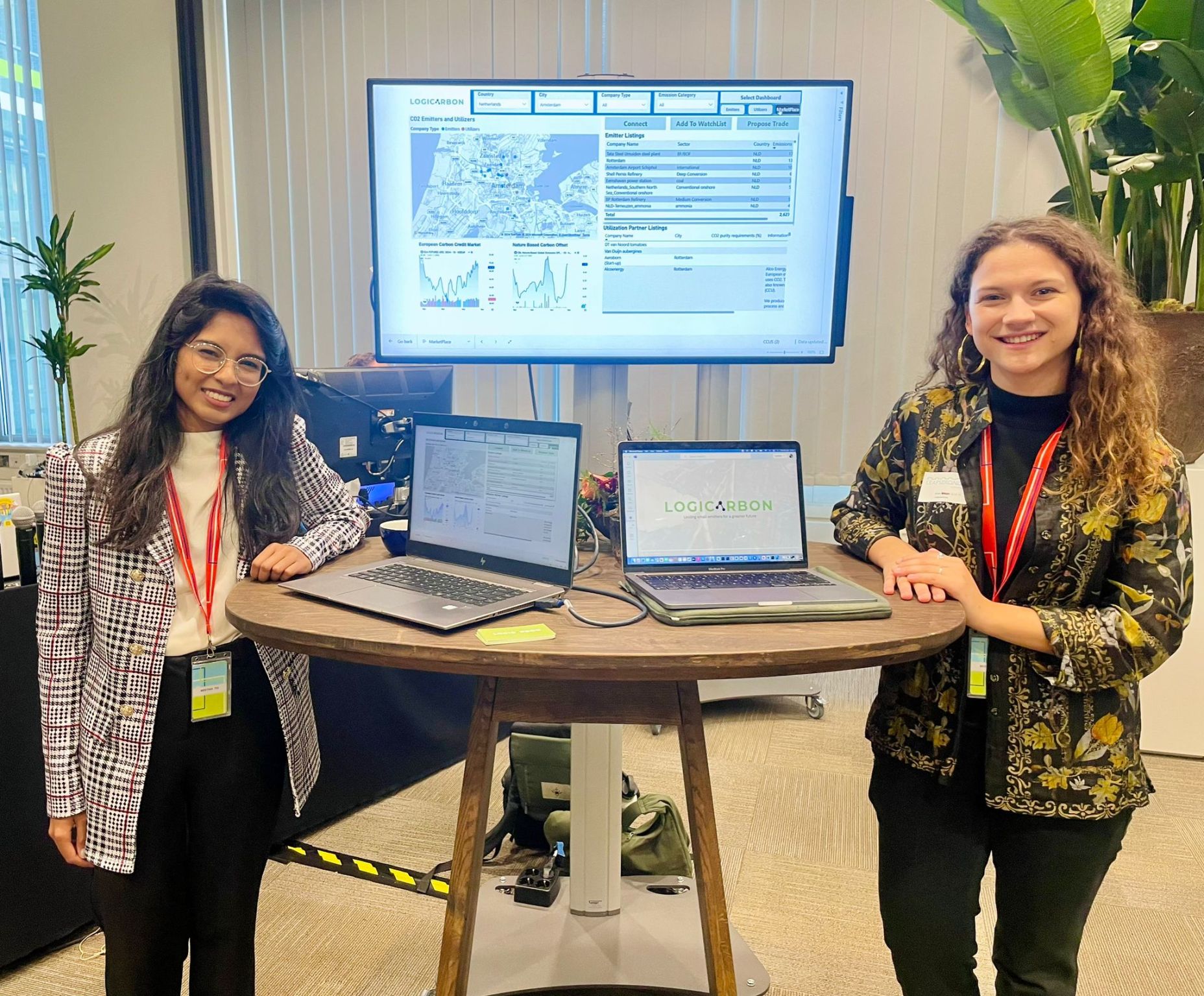In the global fight against climate change, large industrial emitters like power plants and steel factories have often been the primary focus for carbon capture initiatives. However, small and medium-sized emitters—such as hospitals, small manufacturing units, universities, and small-scale energy producers—contribute a significant portion of global CO2 emissions. While their individual emissions might seem modest, the collective output of these smaller sources is substantial. Finding scalable, cost-effective solutions for CO2 capture from these emitters is essential to meet global climate targets. One promising concept emerging to address this challenge is CO2 capture hubs.
The Challenge of Small Emitters
Small and medium-sized emitters typically operate in diverse industries, making it harder to standardize capture solutions. Unlike large industries, which often produce high concentrations of CO2, small emitters release diluted CO2 streams, which are more expensive to capture. Additionally, small emitters may not have the financial or technical resources to install large, complex carbon capture systems. These challenges have led to a gap in the development of carbon capture technologies for smaller facilities, which is now being addressed by innovative solutions such as shared CO2 capture hubs.
What Are CO2 Capture Hubs?
A CO2 capture hub is a centralized facility designed to capture, process, and store CO2 from a cluster of smaller emitters. By aggregating CO2 emissions from multiple sources, these hubs create economies of scale that reduce the per-ton cost of capturing and managing CO2. Essentially, small emitters would send their CO2 to a nearby hub rather than having to install expensive individual capture technologies at their own facilities.
The idea behind these hubs is similar to industrial parks where companies share infrastructure, such as utilities or waste treatment. In a CO2 capture hub, multiple businesses, institutions, or small plants could route their emissions to a central location where CO2 capture technologies are deployed more efficiently. The captured CO2 could then be either stored underground (in carbon sequestration projects) or repurposed for industrial uses, such as in the production of fuels, building materials, or even in agriculture.
Benefits of CO2 Capture Hubs for Small Emitters
- Cost-Effectiveness: Sharing capture infrastructure allows small emitters to reduce the costs of capturing CO2. Without the need for each facility to install its own system, the capital investment is spread across multiple users. Operational and maintenance costs are also minimized.
- Technology Access: CO2 capture hubs enable small emitters to access cutting-edge carbon capture technologies that they may not have been able to afford or implement independently. This democratization of technology supports wider adoption of carbon capture methods.
- Increased Feasibility: Smaller emitters typically lack the technical expertise and manpower to manage complex CO2 capture systems. Hubs provide a streamlined solution by employing centralized staff and infrastructure, making it easier for these organizations to reduce their emissions without overhauling their operations.
- Local Economic Growth: The development of CO2 hubs can stimulate local economies, creating new jobs in engineering, operations, and logistics for CO2 transportation and storage. As more regions invest in this infrastructure, they contribute to a low-carbon economy while supporting sustainable development.
- Flexibility for Different Industries: CO2 capture hubs can cater to a variety of emitters across different sectors. Whether it’s a hospital using natural gas for heating or a food-processing plant with lower-intensity CO2 emissions, these facilities can all connect to a shared hub.
Key Players and Initiatives
Several organizations and governments are already exploring the potential of CO2 capture hubs. For example, in the UK, the government has committed to developing clusters for carbon capture, utilization, and storage (CCUS), including smaller emitters. Europe’s North Sea Cluster project aims to create a hub that captures CO2 from various emitters, including small and medium-sized enterprises (SMEs) across Northern Europe.
In the U.S., the Midwest Regional Carbon Initiative is studying how to implement shared CO2 capture hubs in regions with many agricultural and biofuel industries, which are typically smaller but collectively produce large emissions. Meanwhile, some private companies are piloting CO2 hubs that cater to a mix of emitters, offering comprehensive services from capture to transport and storage.
The Path Ahead: What’s Next?
Despite the promise, there are still challenges to overcome. Coordination between various emitters and stakeholders is essential, as is developing infrastructure for CO2 transport, such as pipelines or shipping routes. Additionally, governments will need to provide incentives or subsidies to encourage investment in capture hubs and ensure they are built quickly enough to meet climate goals.
Technology innovation is also crucial. More efficient and cost-effective capture technologies need to be developed to suit the lower-concentration emissions typical of small emitters. Research into new materials and systems, such as modular capture units or advanced solvents, is ongoing and could further reduce costs.
Finally, public-private partnerships will play a key role in making CO2 hubs a reality. Government support, in the form of funding or favorable policies, will be crucial in encouraging private companies to invest in these hubs.
Conclusion
CO2 capture hubs represent a practical and promising solution to reduce emissions from small and medium-sized emitters. By creating centralized hubs, businesses, and institutions that previously couldn’t afford or manage CO2 capture can now be part of the broader effort to reduce global emissions. As governments, industries, and innovators continue to explore these hubs, we move one step closer to a sustainable and low-carbon future.
At Logicarbon, we are committed to providing insights into the latest developments in carbon capture and sustainable technologies. We believe that CO2 capture hubs will play a crucial role in achieving climate targets, and we support initiatives that make carbon reduction accessible to all—big or small.

